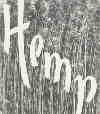
|
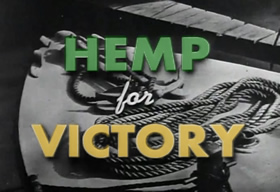 DURING THE SECOND WORLD WAR |

|
|---|
THE HEMP (processing factories) MILLS THEMSELVES:

Where were these WW-II Hemp mills?
From our studies of Reefer-Madness-ology, we’ve learned that it's rather helpful to know the exact location of where (whatever it is, that it is) actually happened. The problem here however is that, for whatever reason, it appears that there are those (some in very high places), who, again for whatever reasons, seem to find the subject somewhat embarrassing and would prefer that everyone conveniently forget the whole subject in the first place. Meaning (at best) they are not too eager to cooperate and at worst have gone so far as to deliberately destroy and censor history. [not a funny situation here in Oklahoma, where someone (era 1972) sanitized all our public libraries/museums of any embarrassing materials]
Thus one is tempted to (once more) make reference to old “I.R.S. Tax Records” hoping that they can help enlighten us. After all, ALL Hemp manufacturers at the time were required by the Marihuana Tax Act to register as such. However, a quick search at their records (table below) shows very little information. That’s because many of the newly build Hemp Mills were in fact government owned and as such registration was not required.
| STATE | 1938 | 1939 | 1940 | 1941 | 1942 | 1943 | 1944 | 1945 | 1946 | 1947 | 1948 | 1949 | 1950 | 1951 |
| Calif. | 8 | 5 | 3 | 3 | 2 | - | 1 | 1 | - | 1 | 1 | - | - | - |
| Illinois | 1 | 3 | 2 | 2 | 2 | 1 | 2 | 2 | 1 | 1 | 1 | 1 | 1 | - |
| Kentucky | 1 | - | - | - | - | - | - | - | - | - | - | - | - | - |
| Maryland | 1 | 2 | 2 | 2 | 2 | - | 1 | - | - | - | - | - | - | - |
| Michigan | 1 | - | - | - | - | - | - | - | - | - | - | - | - | - |
| Minnesota | 2 | - | - | - | - | - | - | - | - | - | - | - | - | - |
| Nebraska | - | - | - | - | - | - | - | - | 1 | 1 | 1 | 1 | 1 | 1 |
| New Jersey | 58 | - | - | - | - | - | - | - | - | - | - | - | - | - |
| New York | 3 | 7 | 6 | 7 | 6 | 4 | 5 | 3 | 4 | 5 | 7 | 9 | 5 | 3 |
| Ohio | 1 | 1 | 1 | 1 | 1 | 1 | 1 | 2 | - | - | - | - | - | - |
| PA. | 2 | 3 | 1 | 1 | 1 | 1 | 1 | 1 | 1 | 1 | 1 | 1 | 1 | 1 |
| S Carolina | - | - | - | - | - | 1 | - | - | - | - | - | - | - | - |
| Wisconsin | 1 | - | - | - | - | - | - | - | - | - | - | - | 1 | 1 |
Additionally (despite what appears to be some serious statistical errors), the above stated statistics, do not discriminate between (let us say) a pharmaceutical manufacturer and a Hemp Mill. Thus finding the exact location of the mills proved to be quite a challenge, but thanks to government documents, magazine/newspaper articles and newspaper help wanted ad’s, we’ve at least been able to obtain a general idea of where they were.
Our search first began with some general newspaper descriptions dealing with the subject:
“PLANT MARIJUANA WEED TO PRODUCE ROPE-MAKING FIBER”. . . “Farmers throughout six western states---Kentucky, Indiana, Illinois, Iowa, Minnesota and Wisconsin -- are to plant the acreage this spring in cooperation with the Commodity Credit Corporation. In charge of plans here is S.H. McCory,* director of the hemp division for the C.C. C., . . . The acreage allotments to the states include: Wisconsin, 40,000; Minnesota, Illinois and Iowa, 60,000 each. Planting is done in April and May. Seeds are produced on special farms in Kentucky. ---WisconsinRapidsDailyTribune-1942-12-31p3So from the above articles we know that a number of Hemp Mills (between 42 and 71 of them) were going to be built for the war effort. We also know that these mills (for logistical purposes) were going to have to be located as close to actually growing areas as possible. And we also know that six States (Wisconsin, Minnesota, Illinois, Iowa, Indiana and Kentucky) had been selected for this growth.
* Sam McCory being America’s Hemp Czar during the war
Hemp Harvest . . . To restore growing and processing of American hemp is a costly operation, made necessary by the dwindling Government stockpiles of manila hemp and other fibres, and the expanding demands for cords, twine and ropes, the latter needed particularly by ships. War Hemp Industries, Inc., a Government financed corporation, is in charge. It is directing construction of 42 mills to process the harvested hemp at a cost of $350,000 for each plant, including the cost of some 60 harvesting machines to be rented to the growers. -- Wall Street Journal - July 9, 1943p1
Home-Grown Hemp . . U.S. hemp resources Secretary of Agriculture Wickard straightaway proclaimed it a "war crop." . . . .The War Production Board assigned preference ratings to steel and machinery and other necessary materials high enough, to assure construction in 1943 of 71 mills in the hemp-growing area for preparing the fiber for rope. . . . . The Defense Plant Corp. issued a letter of intent for the financing of the mills. . . .. It will take him at least to Iowa, his home state. Indiana, Illinois, Kentucky, Wisconsin and Minnesota, since "good corn land and the black prairie soils of the Middle West," are about all that's needed to grow a good stand of hemp. - - - Wall Street Journal - Dec 4, 1943p1
Below, while probably incomplete is the best site map that we’ve been able to locate showing the mill locations.
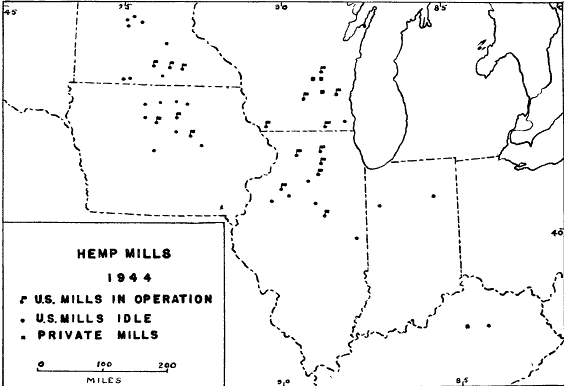
“Hemp; A Minor American Fiber Crop” - by John H. Garland
And while this doesn’t give us exact street addresses, it does provide us with an indication of where (more or less) the mills were actually located. [hint, anyone lives anywhere near there, can you look up (via court records or old newspaper articles) and obtain the exact street addresses of the mills. Sometimes these articles not only give the exact street address, but something about the lore of the place.
| STATE | Government Owned | U.S. Mills Idle (1944) | Privately Operated |
| Minnesota | 11 | 8 | 0 |
| Wisconsin | 6 | 1 | 3 |
| Illinois | 11 | 5 | 0 |
| Illinois | 2 | 2 | 0 |
| Iowa | 12 | 9 | 0 |
| Kentucky | 1 | 1 | 1 |
| TOTALS | 43 | 26 | 4 |
More exact mill locations can be obtained via (believe it or not) old government ad’s placed after the war offering surplus properties for sale.
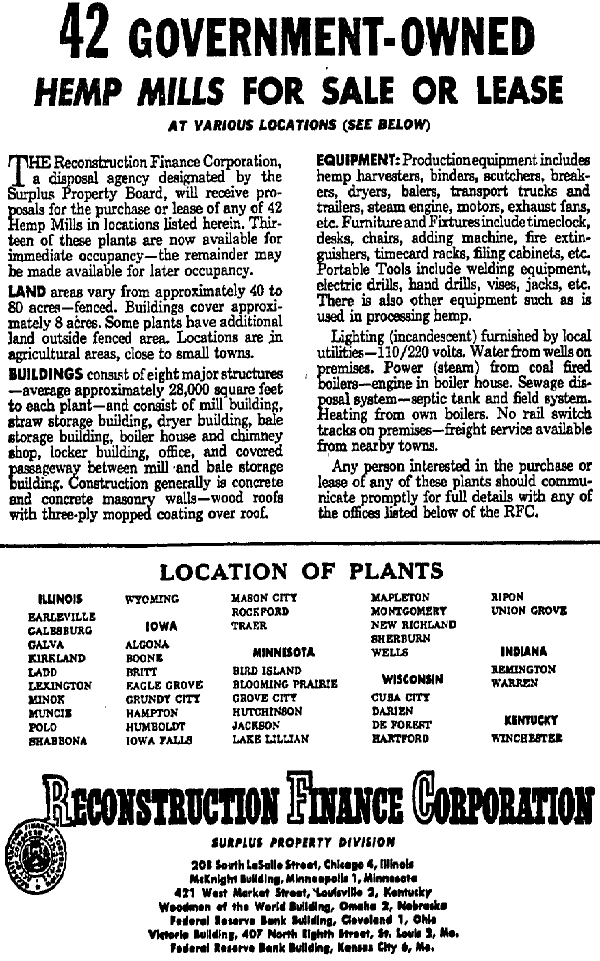
An ad, which as can be seen, gives us the following town names and locations of some of the mills themselves:
| ILLINOIS | IOWA | MINNESOTA | WISCONSIN | INDIANA | KENTUCKY |
|
Earleville Galesburg Galva Kirkland Ladd Lexington Minok Muncie Polo Shabbona Wyoming |
Algona Boone Britt Eagle Grove Grundt city Hampton Humboldt Iowa Falls Mason city Roceford Traer |
Bird Island Blooming Paririe Grove City Hutchinson Jackson Lake Lillian Mapleton Montgovery New Richland Sherburn Wells |
Cuba city Darien De Forest Hartford Ripon Union Grove |
Remington Warren |
Winchester |
This next ad also privdes us with yet more information:
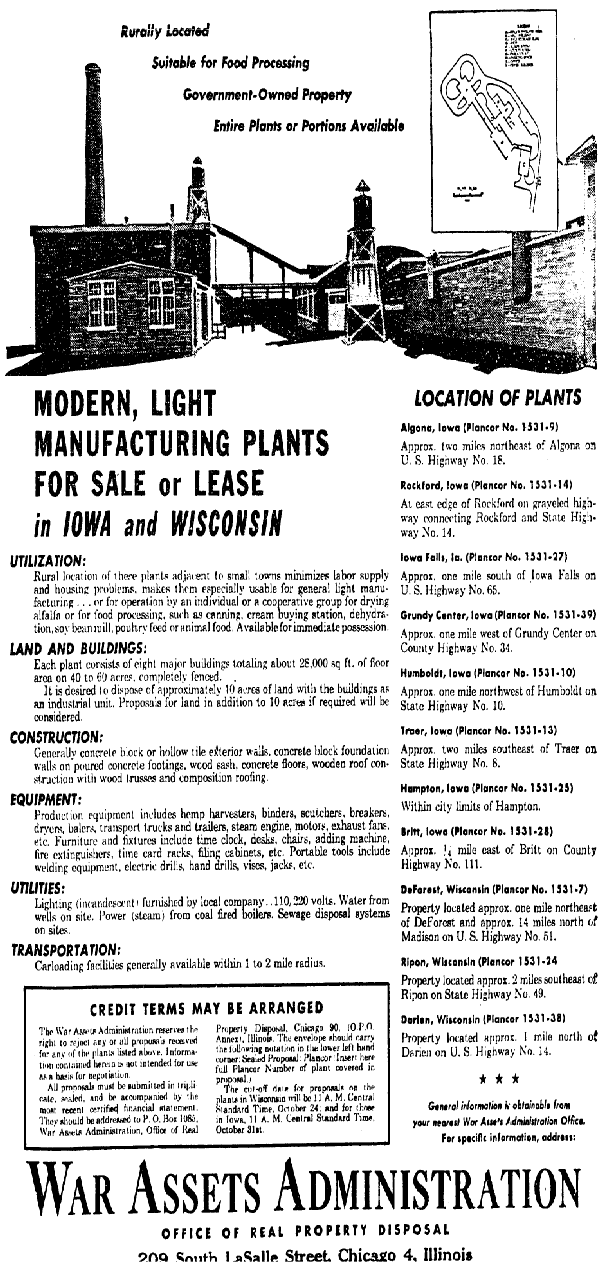
This ad (while not listing as many mills), goes into more details as to exact locations:
-
IOWA
- Algons, IA - two miles northeast of Algora on U.S. HW 18
- Rockford, IA -East edge of Rockford on HW 14
- Iowa Falls, IA -One mile S. on HW 65
- Grundy Center, IA - One mile W on HW 34
- Humboldt, IA - One mile NW on HW 10
- Traer, IA - Two miles SE on HW 8
- Hampton, IA - within city limits
- Britt, IA - E of Britt on HW 111
- Deforest, WI - One mile NE on HW 51
- Ripon, WI - Two miles SE on HW 49
- Darlen, WI - One mile N on HW 14
WISCONSIN
Mason City, Iowa - War-Hemp industry plant on the south Clear Lake Rd
And while the sort of information provided by these ad’s is still somewhat limiting. No actual street address etc., it’s does however give us enough information so that if someone local to that area, were to look though that area and/or go through some old newspaper articles from the war. That they would be able to find the exact location, and even (this is a hint) snap a few pictures for us.
WANT TO KNOW MORE:
=====================
Due to space / download time considerations, only selected materials are displayed. If you would like to obtain more information, feel free to contact the museum. All our material is available (at cost) on CD-Rom format.
CONTACT PAGE
 BACK TO SECTION IV |